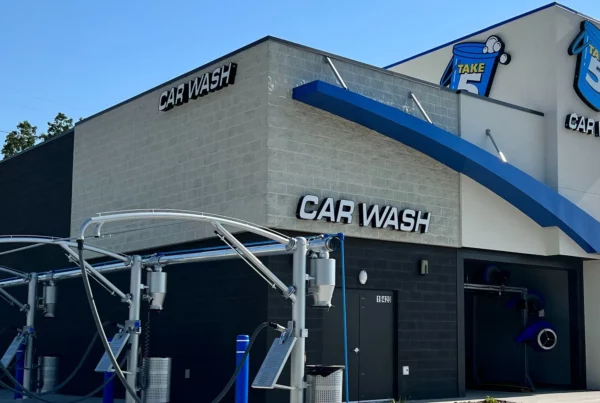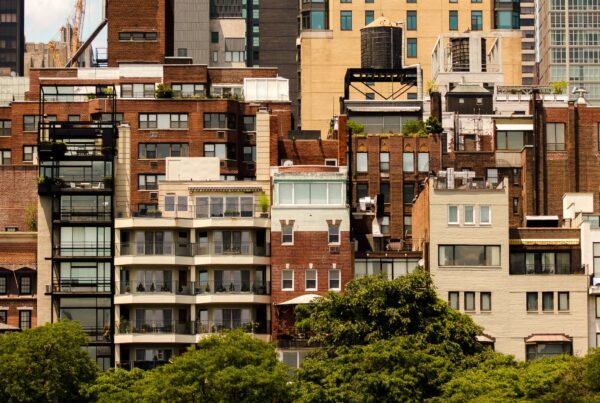In my previous article I promised you that I would take you through real time examples of multifamily transactions. In this post we’ll go through who bought the building, who sold it, and what motivated each party to transact. In other words, why did the buyer buy it? and why did the seller sell it?
With so many people unsure of what to do with their real estate holdings and the uncertainty that has been placed on our business recently, these are the questions that I get asked every day. The best way I can answer that question is not by telling you, but by showing you, deal by deal.
Let’s begin…
3850 & 3900 Broadway
Closed – 3850 Broadway: $10,947,1777
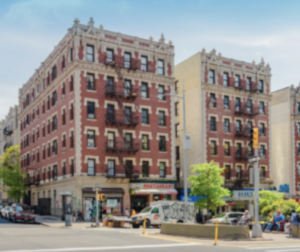
Closed – 3900 Broadway: $9,152,823
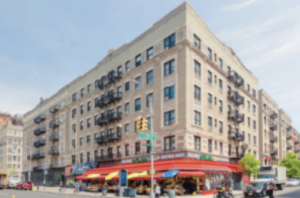
The Buyer: The buyer of these buildings has been in the market for as long as I’ve been alive. He’s purchased buildings for 2x the rent and he’s purchased buildings for 14X the rent. For him, this was a monopoly play. He owns dozens of buildings in this submarket and for him, even with the challenges of today’s environment, expanding his portfolio was paramount.
The Seller: There were really two sellers here. The general partner (the operator), and the limited partner (the equity). They purchased these buildings pre-HSTPA with the plan like everyone else: add value through turnover, IAIs and MCIs. Nearly a decade after purchasing the assets the cash flow was minimal, the values were down, and the lifecycle of the fund was expiring. There was no path out. A refinance at a higher interest rate would be a cash-in refinance rather than a cash-out and since values were down tremendously, there was no conceivable way for the operator to hit a promote. So why own it?
232-236 North 12th Street
Closed: $21,775,000
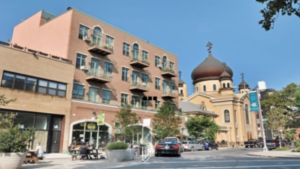
The Buyer: The purchaser is a young syndicator who has successfully raised money from high-net-worth individuals overseas. He purchased nearly two dozen buildings in the past three years – choosing to focus on the best locations. I’d imagine the pitch to the equity went something like this: “I have an opportunity: It’s in an A+ location, has an elevator, is tax class protected, below replacement cost, is 100% free market, it never had tax abatement, it’s facing the park and there’s upside in the rents.”
The Seller: The family that built this property in 2003 took the property as far as they could. Not only that but they were smart enough to build three buildings rather than one which allowed them to take advantage of the Tax Class 2B status. They also never took a 421a abatement, so the units were unquestionably free market. Their renovations were great although a little dated. They sold for a 3% cap rate which allowed them to do something more people should have done in 2016.
2 Adrian Avenue
Closed: $12,200,000
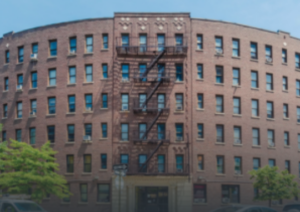
The Buyer: The purchaser found this opportunity attractive because he purchased a similar building nearby 18 months earlier. Even in a high interest rate environment, the building was attractive because a third of the units were deregulated, and most of the units were de-leaded. Uniquely it was what this building didn’t have that made it attractive. It lacked a large lobby, an elevator and didn’t qualify for local law 11. After HSPTA, bigger isn’t’ always better.
The Seller: This 93-unit property has been owned by the same family for generations. They had no debt on this when they sold. The matriarch of the family had already gifted most of the ownership of the building to seven other family members. For them, it was best to divest of the asset rather than continue to upgrade the building. For families with diluted ownership interests oftentimes a 10% second or third generation owner would rather forgo an immaterial $50,000 per year distribution and have a lump sum of $1 million generated from a sale.
390 Wadsworth Avenue
Closed: $6,000,000
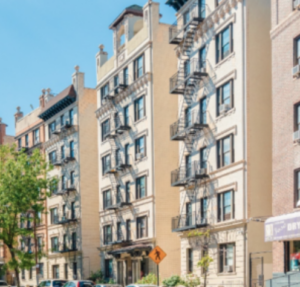
The Buyer: The family that purchased this property has been priced out of Manhattan up until now. They’ve owned property in the Bronx for decades and recently began looking for elevator buildings in Upper Manhattan. This remarkably pristine elevator building was something they could be proud to own for generations to come.
The Seller: In 2017 these oversized units were renting for $1,300/month and the upside seemed almost limitless. Their plan was like everyone else’s – add value through turnover, IAIs and MCIs. During their ownership they spent nearly $700,000 renovating the roof, façade, elevator, and apartments. With values cut in half, interest rates cutting into cash flow and a GP promote nearly impossible, cutting bait was the best option.
1329 Morris Avenue
Closed: $6,050,000
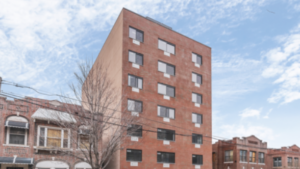
The Buyer: This purchaser found this deal attractive because the property was newly built and delivered 100% vacant. His value-add was his relationship with city agencies that look to house low-income New Yorkers. To get access to housing, nonprofits typically pay above market rent. Not only that but the rent is paid for by the city or state of New York. He negotiated a triple net lease with a nonprofit which took occupancy a week after closing.
The Seller: The owner decided to sell to free up capital for other development projects in the Bronx. His dollar would go further building something new rather than keeping it locked up in a project that would require his full-time attention to operate. The building was attractive in a down market because brand new fully abated buildings offer investors turnkey investment opportunity with long term protection against property tax increases.
My goal was to provide you with as much information as possible while respecting the privacy of the parties involved in each transaction. When looking at recent transactions it’s important to remember that these deals were made typically four or five months previously. 90-120 days to close and 30-45 days to negotiate a contract and get through due diligence.



